This open access publication presents a global panorama of institutional strategies, academic programs, scholarly insights as well as teaching and learning practices taking stock of the Future Skills Turn taking place in higher education. Future Skills have evolved to be one of the most important priorities for the development of higher education institutions globally. Students and graduates learn how to acquire Future Skills for their lives and careers and for shaping societies towards more sustainable futures. Institutions, teachers and policy makers gain insights into strategies to shape the Future Skills Turn in higher education and create the University of the Future.
Via Canadian Vocational Association / Association canadienne de la formation professionnelle



 Your new post is loading...
Your new post is loading...



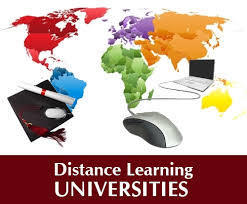



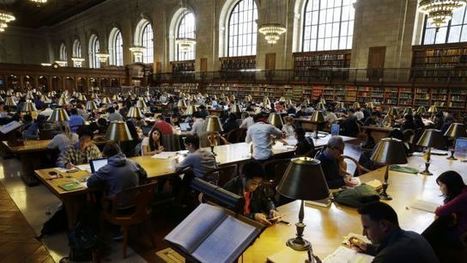




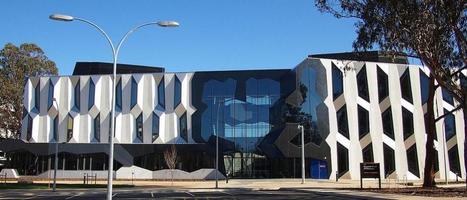
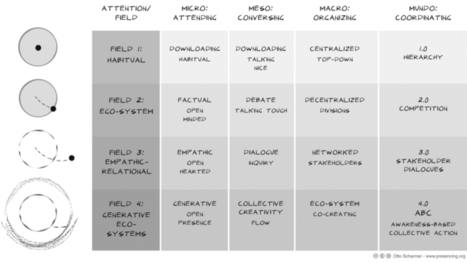
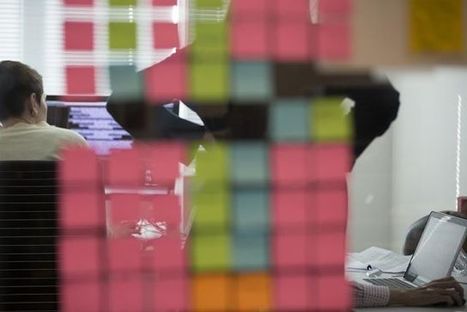


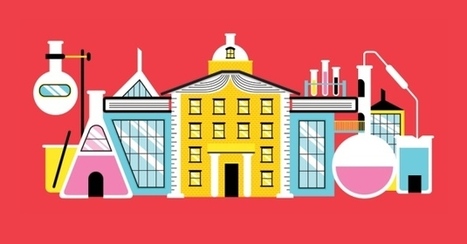
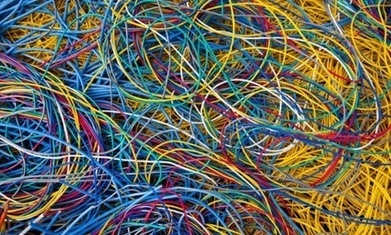
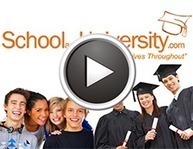





What will universities look like, do, or become in order support the workforce for a sustainable future? This research provides some interest global perspectives on the skills and approaches evolving in higher education based on a paradigm shift known as "Future Skills Turn" . This is a shift in education that emphasizes the development of skills needed for the future workforce, driven by rapid technological advancements, globalization, and evolving societal needs. This approach focuses on cultivating skills such as critical thinking, creativity, digital literacy, emotional intelligence, and lifelong learning, rather than solely on traditional academic knowledge.
The impacts on higher education include curriculum transformation, technology integration, industry collaboration, and lifelong learning.
This shift not only prepares students for successful careers but also empowers them to make meaningful contributions to a sustainable and equitable world. As we consider the value of current approaches to higher education, this is an important set of perspectives to consider as leaders.